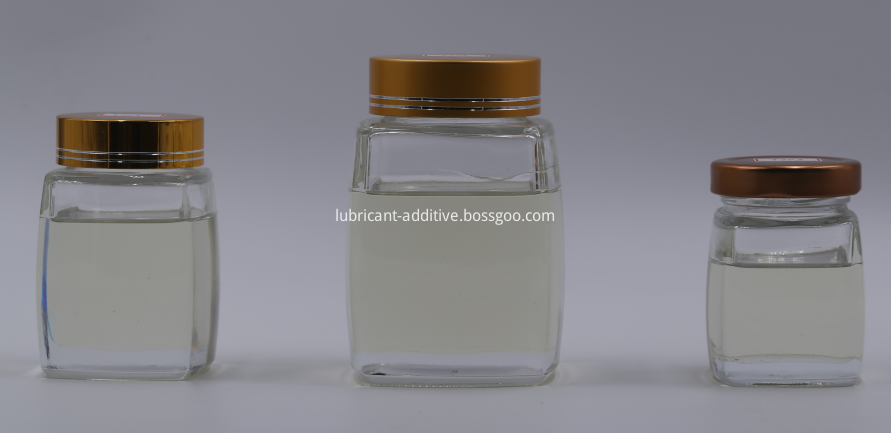Cold bend
Cold-bending in the United States, æ¤ related survey data show that the amount of cold-formed rectangular tube and hot-rolled H-shaped steel in the construction industry is about 1:1, in the 1990s, the proportion of cold-formed steel used in construction steel structure Even more than the amount of hot rolled H-beam.
Overview Cold bending is widely used to make parts from stainless steel "target=_blank> stainless steel sheets and strips. Punches are basically open-type, single-acting, mechanical or hydraulic, with a long and narrow table. This machine can only produce linear parts. However, skilled tool designers can also use the machine to produce complex-shaped parts. Obviously, the length of the parts produced by the machine depends on the type and thickness of the stainless steel "target=_blank> stainless steel material, the power of the machine and the tools that can be installed. size. Some large punches are 11 meters long, standard 900-ton cold-bending presses, and can produce austenitic stainless steel "target=_blank> stainless steel cold-formed parts with a length of 9m and a thickness of 8.0mm. In order to minimize stainless steel" target=_blank> Stainless steel scratches, cold bending press tools are usually made of hot work die steel with a 12% chromium content. A plastic film can also be used for further protection.
It is quite economical to produce small quantities of common parts using a universal mold for cold bending presses. In addition to the above reasons, if the cold bend press is also used to produce carbon steel parts, it is important to maintain the environment of the cold bend press shop.
The use of cold-formed steel-based steel companies. Cold-formed steel is widely used in foreign construction industry. It is used as roof trusses, purlins, trusses, rigid frames, wall frames, keels, roof slabs, wall slabs, slabs, doors and windows, and even containers, pipes, cofferdams, steel sheet piles, and breakwaters. Wait.
In recent years, reticulated shells, shelves, single-story and multi-storey houses with cold-formed steels have also developed rapidly. In developed countries, the construction industry is the largest user of cold-formed steel, cold-formed steel accounts for 5% of total steel, cold-formed steel for construction industry accounts for more than 70% of cold-formed steel, and cold-formed steel products are used in construction. The main business is cold-formed rectangular tubes for structural use and cold-formed steel for construction. From the structural mechanics and economic point of view, the combination of cold-formed steel and H-shaped steel is the best combination in the construction industry, which can realize the industrialization of industrial plants and residential buildings.
In Japan, before Japan, before 1980, Japan only produced square rectangular tubes of 200mm×200mm and a small number of open-formed cold-formed steels. The Japanese steel-structured residential center columns were all made of H-shaped steel. After the 1984 Sendai earthquake in Japan, through the study of the damaged steel structure in the Sendai earthquake, it was found that the weld between the column and the beam is easy to crack, due to the limitation of the shape and structure of the H-beam, using H-beam and H-beam butt welding, too few welds. Therefore, Japan revised the construction law after 1984, stipulating that Japanese steel structure residential columns must use rectangular rectangular tubes to increase the length of the welds, thereby improving the seismic resistance of the houses.
Cold-bending in the United States, æ¤ related survey data show that the amount of cold-formed rectangular tube and hot-rolled H-shaped steel in the construction industry is about 1:1, in the 1990s, the proportion of cold-formed steel used in construction steel structure Even more than the amount of hot rolled H-beam. Among them, cold-formed welded pipes (including square rectangular pipes and original pipes) account for about 25% of the steel used for construction steel structures, and the proportion of various open-formed cold-formed steels in steel for construction steel structures is also more than 20%. Mr. Qian Zhansu, Chairman of the domestic cold-bending industry leader Taian Kono Steel, also pointed out that the cold bend in China in the next five years will have a profound impact on steel construction.
Http://news.chinawj.com.cn Editor: (Hardware Business Network Information Center) http://news.chinawj.com.cn
Coolant Corrosion Inhibitor includes: Antifreezer/Coolant Additive Polyglycolic Acid Corrosion Inhibitor and Antifreezer/Coolant Additive Package Corrosion Inhibitor, it is transparent liquid, as a kind of Additive Package, it is a kind of organic green environment protection type additive. It has good corrosion inhibiting performance to metals, such as soldering tin, cast aluminum, cast iron, copper, steel, ect. It has the characteristic of easily use, high production efficiency, low production cost, ect. The test result meet the national and international standard.

Engine Coolant Corrosion Inhibitor
Polyglycolic Acid,Engine Coolant Corrosion Inhibitor,Coolant Additive Polyglycolic Acid Corrosion Inhibitor,Coolant Additive Polyglycolic Acid
Zhengzhou Chorus Lubricant Additive Co.,Ltd. , https://www.cn-lubricantadditive.com